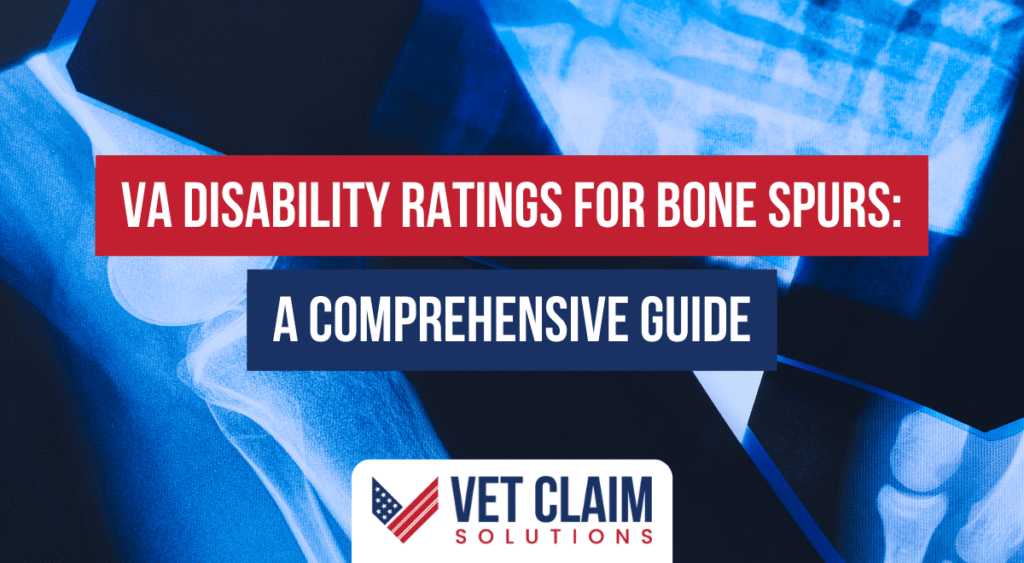Many veterans experience the discomfort of bone spurs, often unaware of the potential for VA Disability Ratings for Bone Spurs. It is something that countless veterans deal with. These bony projections can significantly impact your daily life.
Bone spurs, also known as osteophytes, are smooth, hard bumps of extra bone. These commonly form where bones meet at your joints or where ligaments and tendons connect. They are often seen with the mileage we put in our body when serving.
If you’re a veteran dealing with bone spurs that stemmed from your service, then there’s a possibility of va disability compensation. Understanding VA Disability Ratings for Bone Spurs might provide you some deserved relief.
Understanding Bone Spurs
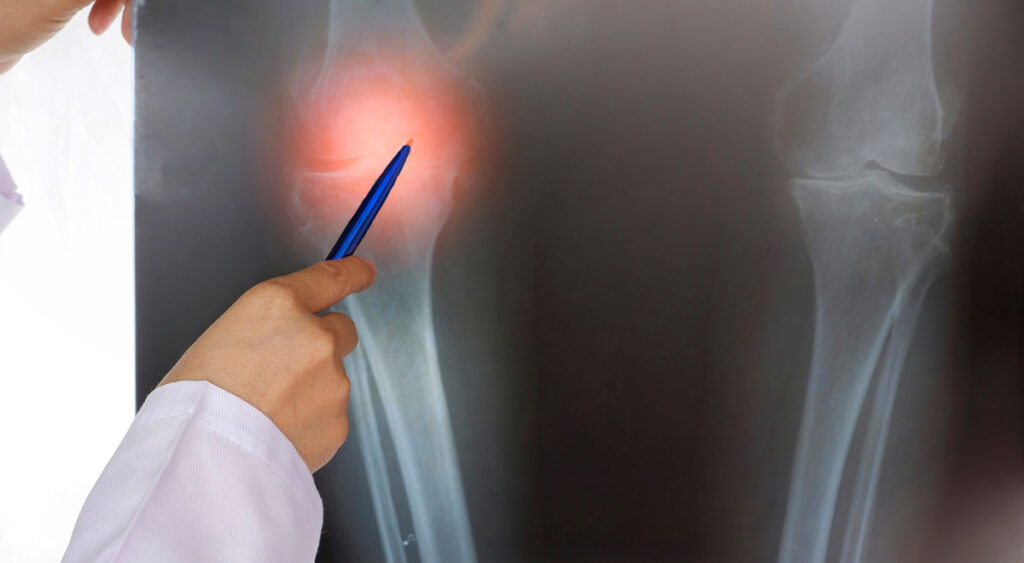
These formations typically develop due to joint damage, and it can even happen with a spinal cord pinch. The most common cause is osteoarthritis, a degenerative joint disease. But they can also arise from injuries or overuse.
During military service, the intense physical demands, heavy lifting, and repetitive movements can take a toll. The rigorous tasks, stress and even just overall marching. This increases the likelihood of developing conditions like osteoarthritis.
Think of all the hard, physical labor during military service. Your body’s response to this wear and tear, and any damaged cartilage, is often to create bone spurs.
Common Symptoms
Recognizing the symptoms is the first step in tackling it. Some are mild, while some are life-changing.
Pain in the affected joint is a primary indicator. Many also deal with stiffness as well. It may restrict your ability to move freely.
You might also experience numbness or weakness, particularly if the bone spurs are located near nerves. Here are some of the overall symptoms you should keep an eye out for:
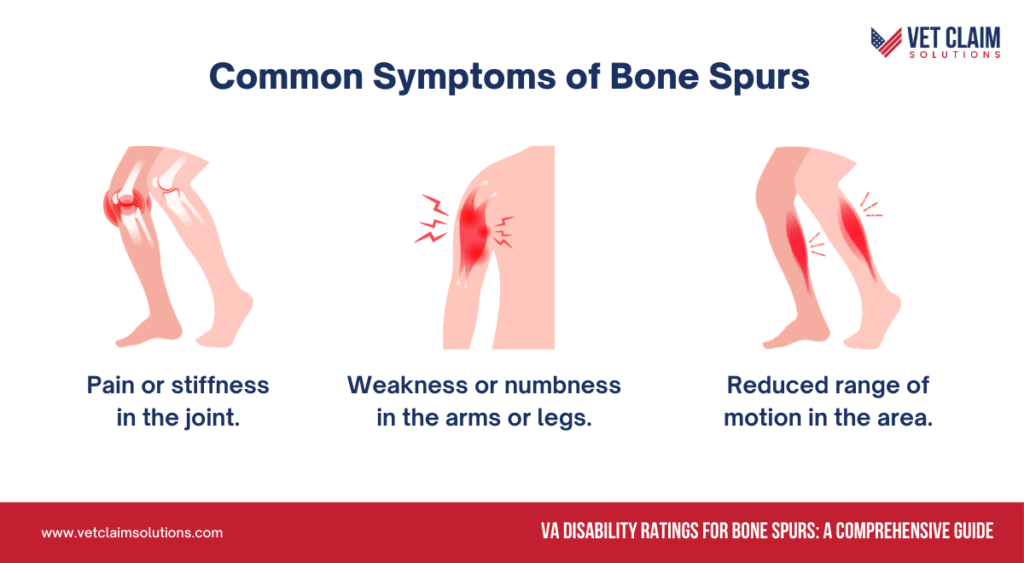
Diagnosis and Treatment
Medical professionals typically diagnose bone spurs through physical exams and imaging tests. X-rays or CT scans clearly show these bony growths.
Doctors may also use some of the following methods:
- Physical examination to locate pain.
- X-ray imaging.
- MRI to evaluate and determine what else may have been effected.
Treatment varies based on the severity and location. In some cases over the counter medicines do the job. Mild cases might only need pain relievers or rest, even just for awhile.
In other cases, surgical procedures may be necessary. This is of course, for those bone spurs pressing on nerves or causing significant painful condition.
How the VA Rates Bone Spurs
The Department of Veterans Affairs (VA) uses a rating system. This will assess the severity of disabilities and bone spurs fall under this system.
It’s a bummer. The VA doesn’t have a specific diagnostic code just for bone spurs under the Musculoskeletal System ratings schedule.
Instead, it rates them based on the condition that most closely matches your symptoms. Many conditions could apply depending on where in your body you feel the most impact.
Analogous Rating System
This method means the VA looks for the condition most similar. Then it uses that related condition and the symptoms it has to assign a va rating.
For instance, if your bone spurs cause symptoms akin to metatarsalgia. Otherwise known as Morton’s Disease. They can be incredibly painful to your daily routine.
The VA might rate bone spurs under Diagnostic Code 5279. Metatarsalgia involves inflammation and pain in the ball of your foot. Many of my fellow service people struggle here, specifically.
Specific Diagnostic Codes
Let’s talk about the heel. If your bone spurs are in your feet, then they are frequently rated by analogy. You might struggle with wearing your shoes and even walking at all.
Bone spurs in the feet are very often linked to the Diagnostic Code 5279 for Metatarsalgia. The bad news with this one? The highest percent rating you could get is a disappointing 10%.
Here’s a table detailing the potential VA ratings for conditions commonly associated with bone spurs:
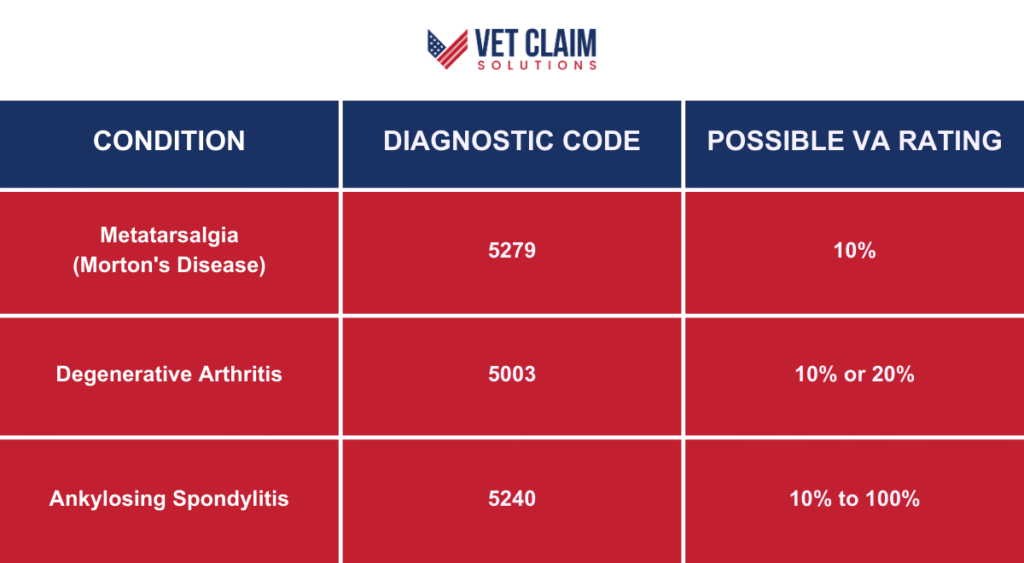
Here is some help dealing with bone spurs on your back. Osteoarthritis resulting from injuries sustained during service can contribute significantly.
Arthritis? This will most likely be looked at under Diagnostic Code 5003 for degenerative arthritis. If this is the case you’ll potentially qualify for a rating of 10% or 20% for your arthritis.
Establishing Service Connection
To get a disability rating, you must first establish a service connection. Think of proving that your condition is a direct result of your military service. Think, how has this been effecting me even many years later?
Many times conditions like spurs form secondary. A secondary service condition stemming from another related service issue. Regardless, you may still qualify.
The first piece is showing that connection. Service-connected condition mean linking the issue you are now facing, was indeed a result of that military service.
Direct Service Connection
For a direct service connection, you need to show your bone spurs developed during active duty. Either that, or they resulted directly from your activities and tasks while you were serving.
Medical records help support these. Notes from active duty about strains and injuries are very good at helping you show a link.
Did you carry heavy loads? Did you have consistent repetitive actions, that may have caused bone spurs caused by the work? Were you in a demanding position or unit?
Secondary Service Connection
Secondary conditions can further show a link to service connection. Let’s explore this:
- Bone Spurs might occur due to osteoarthritis, which the VA recognizes as potentially service-connected.
- Or it can happen from Ankylosing spondylitis, a rare arthritis causing spinal inflammation, that can lead to VA disability ratings.
The VA recognizes conditions arising due to service-related actions. Establishing this could be key for va disability benefits.
The critical things needed for submitting this claim are:
- A diagnosis of bone spurs.
- Records or other medical evidence demonstrating that your condition is linked to the primary service-connected issue.
Required Documentation
Filing for a VA disability claim has very key steps and document submissions.
To do this the right way: Complete the VA Form 21-526EZ, which is the application for disability compensation. This is where many people will first run into issues. Be thorough.
Your form should also be filled out accurately: A clear, current medical diagnosis of bone spurs, supported by doctor’s reports, any notes on it during and after service, and treatment. Evidence linking your service-related bone spurs to your service. Including documentation or incidents of any kind. Nexus information establishing the connection to a doctors diagnosis.
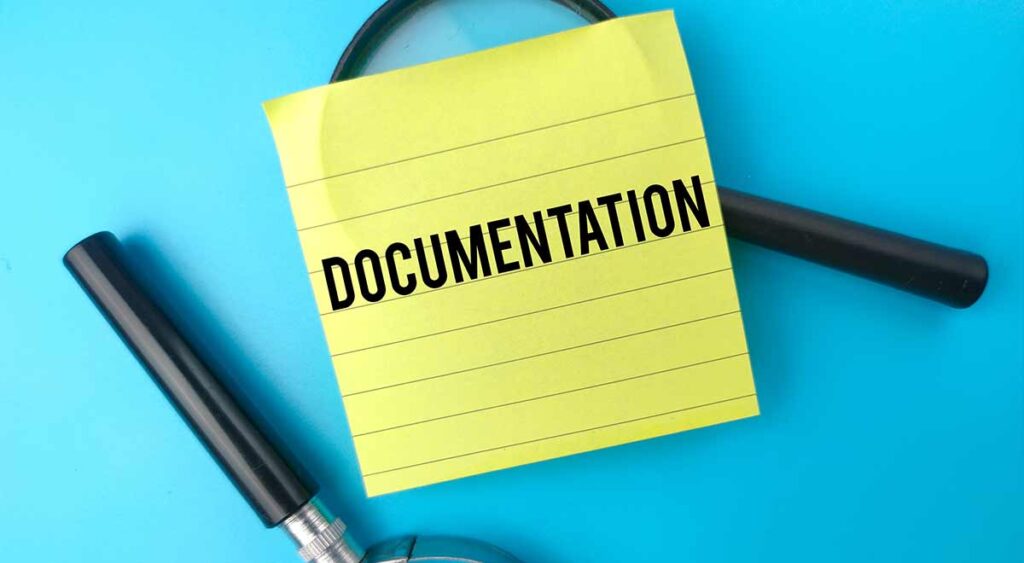
Compensation and Pension (C&P) Exams
You may need a Compensation and Pension exam, also referred to as a (C&P) exam. It helps assess and determine the details behind conditions you may experience.
The goal of a VA exam for this issue is to confirm. This is not for treatment so don’t hold back from being thorough.
Tips for a Successful Claim
- Prepare for Your C&P Exam: Be ready to discuss your military history and the medical conditions surrounding your bone spurs.
- Be Thorough: Share details, and specifics of your incidents. You deserve to express exactly what happened, the care it resulted in and your day-to-day struggle with it now.
- Submit Comprehensive Evidence: Gather reports, doctor’s notes, treatment plans, diagnoses. If the VA misses something, it’ll just lead to roadblocks.
Additional Benefits
Are you dealing with severe mobility restrictions because of these bone spurs? Is this causing you struggles for working consistently?
You could qualify for Total Disability Individual Unemployability. TDIU gives you monthly payments that matches that of a 100% rating even without holding that typical rating amount.
Bone spurs do often create other conditions with time. Those who are a veteran suffering from conditions stemming from this could explore VA disability ratings with secondary service connection as well.
Conclusion
If you have dealt with the impact from service duty and believe this might be the case for your potential heel spur. Don’t be discouraged with the potential diagnosis for bone spurs or figuring out how to get the most accurate VA Disability Ratings for Bone Spurs. Remember, thorough documentation and clear communication of your condition can dramatically increase your chances.
We are certainly speaking from experience when it comes to this. Seek assistance if needed.
You do have many out there cheering for your greatest good. Do understand, you aren’t in this battle alone.


